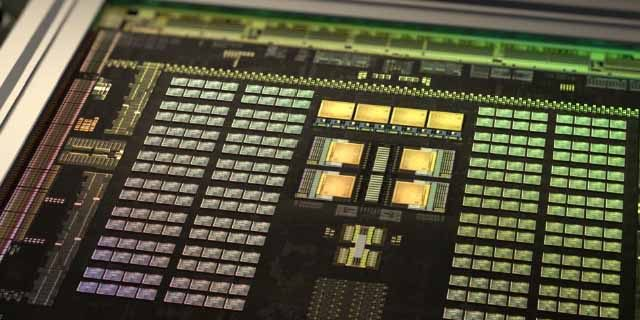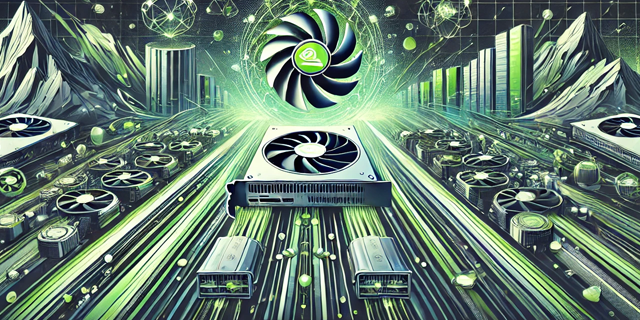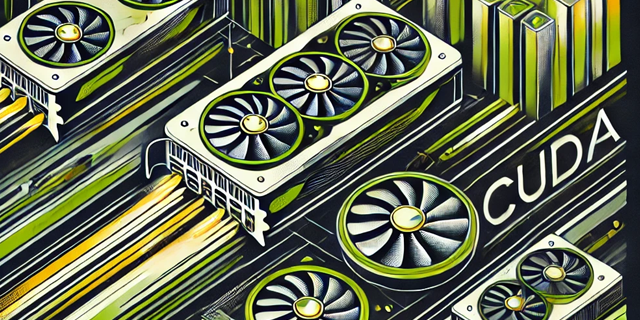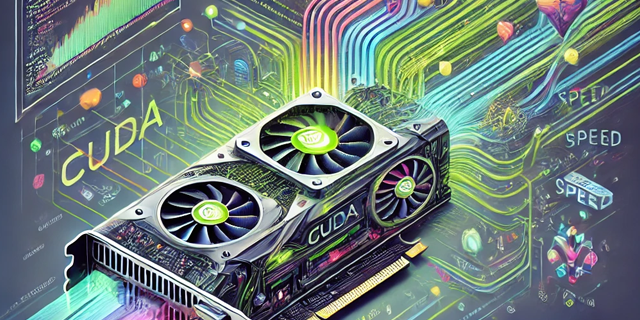
NVIDIA CUDA (Compute Unified Device Architecture) was introduced by NVIDIA in 2006 as a parallel computing platform and application programming interface (API) that allows developers to utilize the power of NVIDIA GPUs for general-purpose processing. The inception of CUDA marked a significant shift in how graphics processing units could be leveraged beyond traditional graphics rendering, enabling complex computations in fields such as scientific research, machine learning, and data analysis. Over the years, CUDA has evolved with numerous updates, enhancing its capabilities and performance, while fostering a robust ecosystem of libraries and tools that support various programming languages. This innovation has positioned NVIDIA as a leader in GPU computing, driving advancements in artificial intelligence and high-performance computing. **Brief Answer:** NVIDIA CUDA, launched in 2006, is a parallel computing platform that enables developers to use NVIDIA GPUs for general-purpose processing, significantly expanding their applications beyond graphics rendering. It has evolved over time, supporting various programming languages and fostering a strong ecosystem, solidifying NVIDIA's leadership in GPU computing.
NVIDIA CUDA (Compute Unified Device Architecture) is a parallel computing platform and application programming interface (API) that allows developers to leverage the power of NVIDIA GPUs for general-purpose processing. One of the primary advantages of CUDA is its ability to significantly accelerate computational tasks, particularly in fields like deep learning, scientific simulations, and image processing, by harnessing the massive parallelism of GPUs. Additionally, CUDA provides a rich ecosystem of libraries and tools that facilitate development and optimization. However, there are also disadvantages; CUDA is proprietary to NVIDIA hardware, which can limit portability across different platforms and may lead to vendor lock-in. Furthermore, the learning curve can be steep for developers unfamiliar with parallel programming concepts, and debugging GPU code can be more complex than traditional CPU programming. In summary, while NVIDIA CUDA offers substantial performance benefits and a robust development environment, it comes with limitations related to hardware dependency and complexity in programming and debugging.


NVIDIA CUDA (Compute Unified Device Architecture) has revolutionized parallel computing, enabling developers to harness the power of NVIDIA GPUs for a wide range of applications. However, several challenges accompany its adoption. One significant challenge is the steep learning curve associated with mastering CUDA programming, particularly for those unfamiliar with parallel computing concepts. Additionally, optimizing code for performance can be complex, as developers must consider memory management and data transfer between the CPU and GPU. Compatibility issues may also arise, especially when integrating CUDA with existing software frameworks or libraries. Furthermore, the rapid evolution of GPU architectures necessitates continuous updates to codebases to leverage new features and maintain performance. These challenges can hinder widespread adoption and require dedicated resources for training and development. **Brief Answer:** The challenges of NVIDIA CUDA include a steep learning curve, complexities in performance optimization, compatibility issues with existing software, and the need for continuous updates due to evolving GPU architectures.


Finding talent or assistance related to NVIDIA CUDA can be crucial for projects that require high-performance computing and parallel processing capabilities. To locate skilled professionals, consider leveraging platforms like LinkedIn, GitHub, or specialized job boards focused on tech talent. Additionally, engaging with online communities such as NVIDIA Developer Forums, Stack Overflow, or Reddit can provide valuable insights and connections. For immediate help, exploring online courses, tutorials, and documentation from NVIDIA’s official website can also enhance your understanding of CUDA programming. **Brief Answer:** To find talent or help with NVIDIA CUDA, use platforms like LinkedIn and GitHub, engage in online forums, and explore NVIDIA's official resources for tutorials and documentation.
Easiio stands at the forefront of technological innovation, offering a comprehensive suite of software development services tailored to meet the demands of today's digital landscape. Our expertise spans across advanced domains such as Machine Learning, Neural Networks, Blockchain, Cryptocurrency, Large Language Model (LLM) applications, and sophisticated algorithms. By leveraging these cutting-edge technologies, Easiio crafts bespoke solutions that drive business success and efficiency. To explore our offerings or to initiate a service request, we invite you to visit our software development page.



TEL:866-460-7666
EMAIL:contact@easiio.com
ADD.:11501 Dublin Blvd. Suite 200, Dublin, CA, 94568